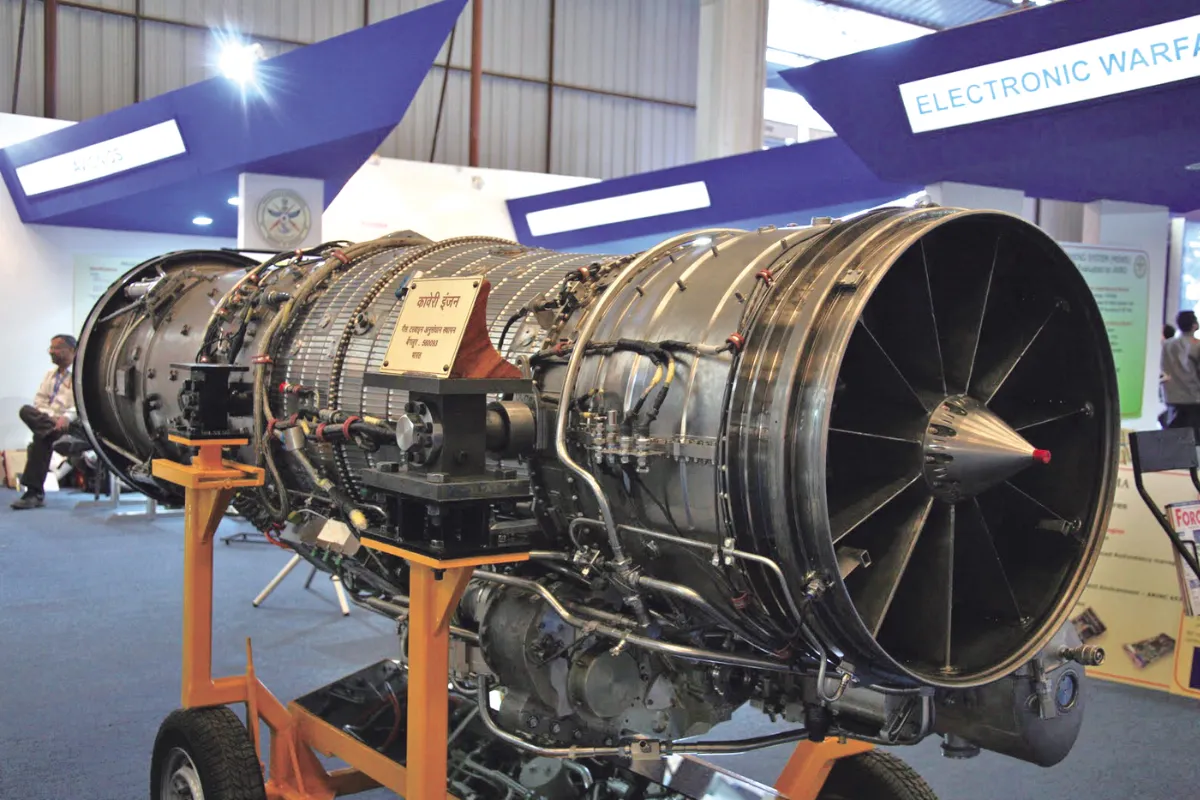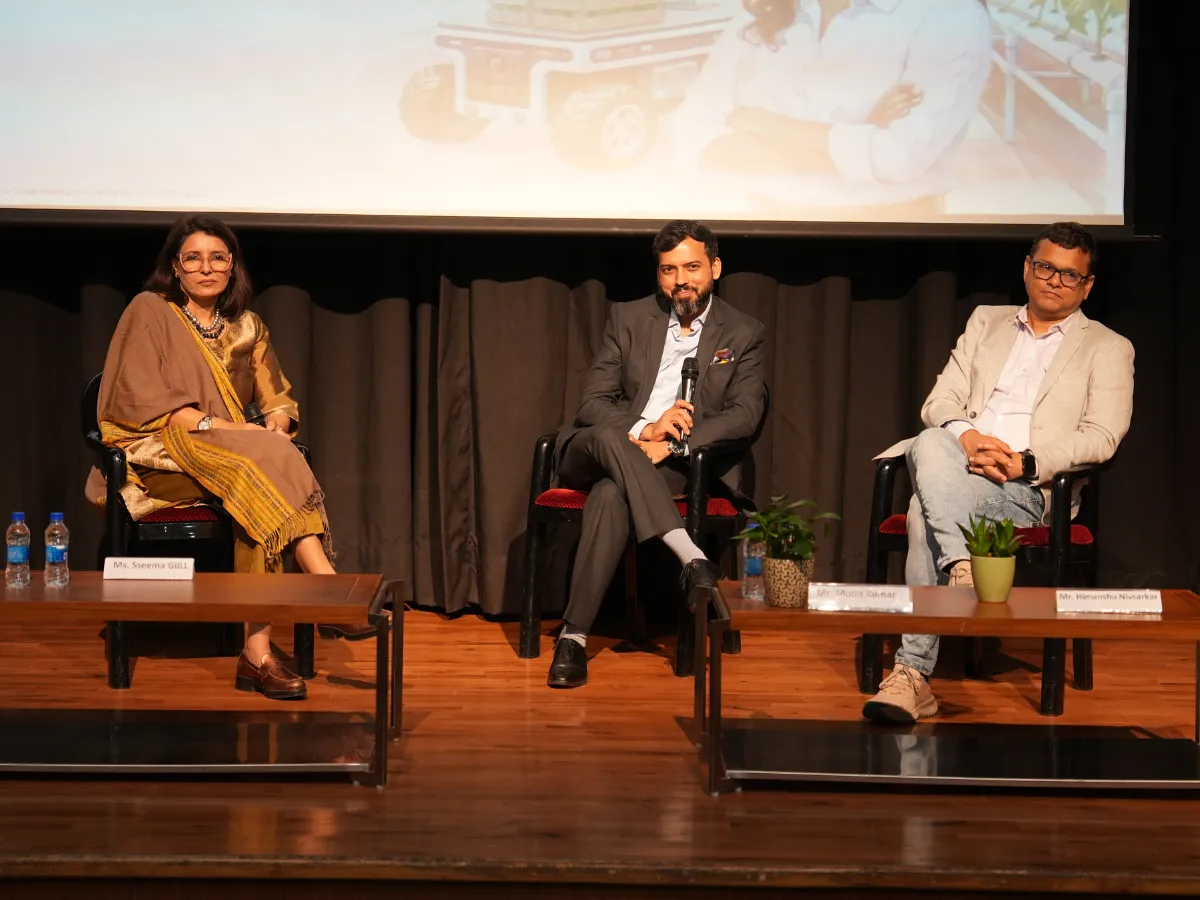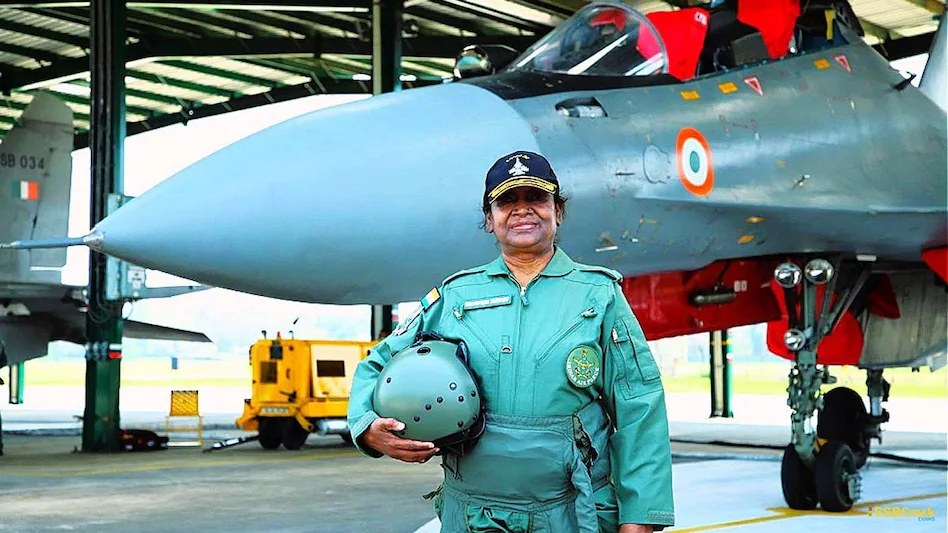Prime Minister Modi’s call for indigenous jet engines signals a major shift in India’s defence policy, reviving the Kaveri engine project and linking it to the nation's strategic self-reliance.
 Vinayak Singh
Vinayak Singh

In his address from the ramparts of the Red Fort on the 79th Independence Day, Prime Minister Narendra Modi issued a clear and ambitious challenge to the nation's scientific and engineering community: to develop a homegrown fighter jet engine. This public call is not just a statement of intent; it marks a strategic turning point in India's defence policy, directly linking the long-stalled Kaveri engine project to the core of the Atmanirbhar Bharat (self-reliant India) vision. After decades of relying on foreign suppliers for the heart of its combat aircraft, India is now making a bold push for complete sovereignty in aerospace technology.
AtmanirbhartaPM Modi's speech was centered on the theme of strategic autonomy. He hailed "Operation Sindoor" as a demonstration of India's indigenous military prowess, stating that the success of such a large-scale and decisive mission would have been difficult without self-reliance. He argued that true freedom is contingent on a nation's ability to defend itself without external dependencies. This is where the jet engine comes in.
"I urge the young scientists, talented youth, engineers, professionals, and all departments of the Government that we should have our jet engines for our own Made in India fighter jets," he said. He positioned this task on par with India's successful indigenous development of COVID-19 vaccines and the Unified Payments Interface (UPI), presenting it as a direct challenge for the nation to prove its innovative and technological might.
The context of this call is crucial. It comes amid ongoing delays in a deal with a US defense major, GE Aerospace, to jointly produce jet engines and supply them for the Tejas combat aircraft. These delays have underscored the risks of foreign dependence and have strengthened the resolve to find an indigenous solution.
The Kaveri engine project, managed by the Gas Turbine Research Establishment (GTRE) of the Defence Research and Development Organisation (DRDO), has a long and difficult history. Launched in 1989 to power India's indigenous Light Combat Aircraft (LCA) Tejas, the project was beset by technical challenges and funding issues. It was officially decoupled from the Tejas program in 2008 due to its inability to meet the required thrust of 90 kN.
Despite the setbacks, the project was never fully abandoned. The DRDO continued to work on a lower-thrust variant of the engine, which has found a new purpose in the development of India’s Unmanned Combat Aerial Vehicle (UCAV) 'Ghatak.' This 50 kN dry (non-afterburning) variant of the Kaveri engine has been approved for inflight testing and has already exceeded its initial performance benchmarks.
The story, however, is now one of revival and not just survival. India is in advanced discussions with global partners for co-development of a high-thrust engine. These talks include offers from the UK's Rolls-Royce, Japan's defense manufacturers, and France's Safran, which has proposed a joint venture to develop a new engine based on its M88 engine technology. The Kaveri project’s past failures, ironically, have provided invaluable experience and a foundation of expertise in high-temperature metallurgy, composites, and design.
A successful indigenous jet engine would be a transformative development for India's military and its defense industry.
Atmanirbhar Bharat vision, would flourish, creating high-tech jobs and fostering innovation. Firms like Godrej Aerospace, which manufactured components for the Kaveri engine, are already a part of this ecosystem.The successful development of a new engine would also provide a major boost to India's fifth-generation stealth aircraft, the Advanced Medium Combat Aircraft (AMCA), which currently has no indigenous engine partner.
Conclusion: PM Modi’s impassioned speech is more than just a political call to action; it is a clear strategic directive. By highlighting the Kaveri engine, he has brought to the forefront a project that symbolizes India's historical struggles and its future aspirations. The path ahead is challenging and fraught with technical hurdles. However, with the government’s unwavering financial and political support, and with new strategic partnerships on the horizon, India's dream of a self-reliant defence sector, powered by its own engines, may finally become a reality.






Sign up for the Daily newsletter to get your biggest stories, handpicked for you each day.
 Trending Now! in last 24hrs
Trending Now! in last 24hrs



